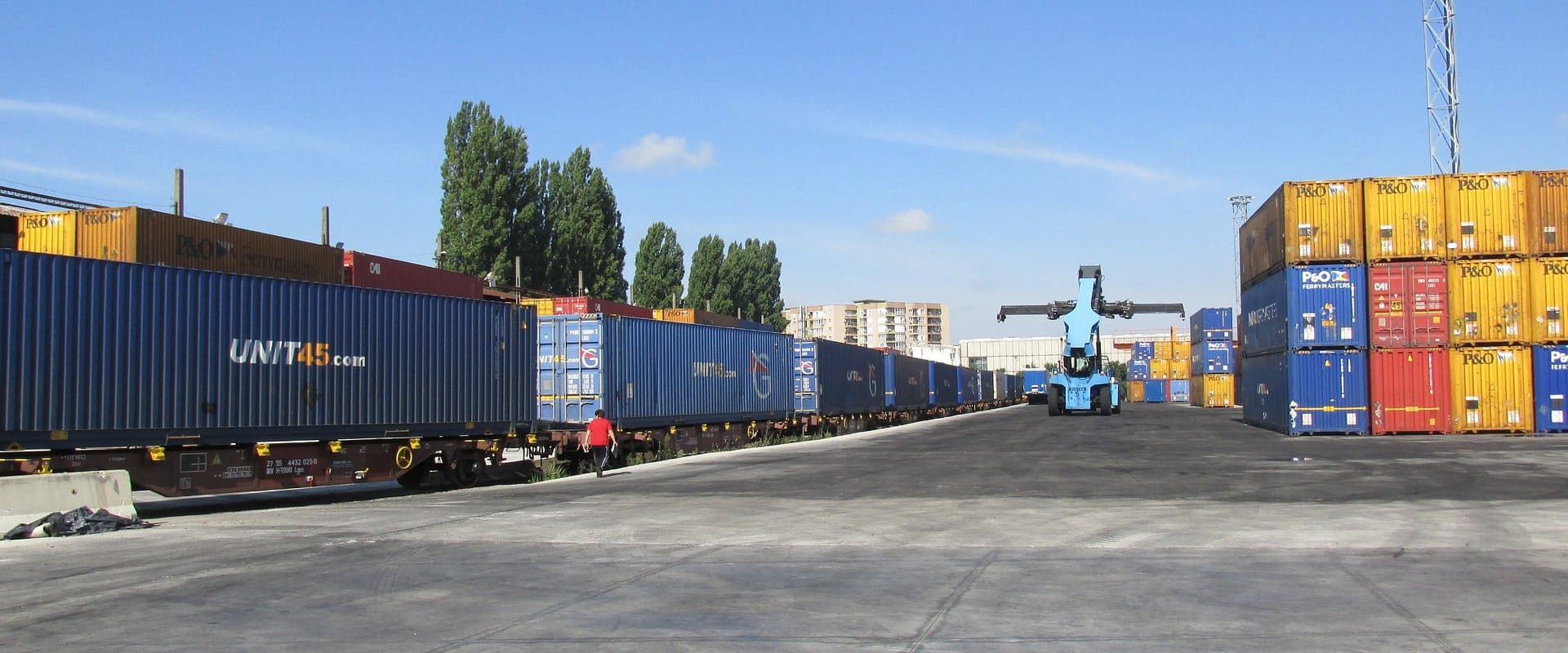It is now certain. 180 million euros – this is the amount of subsidy for intermodal transport in Poland. The European Commission has approved the project, and investments will be financed from the EU’s Instrument for Reconstruction and Resilience. The program will last until June 2026 and is expected to increase the competitiveness of intermodal freight transport compared to road transport. It is also another step towards the development of rail transport. Why is Europe putting rail on the right track?
According to the EU Council’s calculations, rail transport in the EU accounts for 1.9% of energy consumption and 0.4% of greenhouse gas emissions. Rail is eco-friendly and could be a game-changer for freight transport in the future. Therefore, there will be nine corridors of the basic network, connecting railways with roads, sea routes, and inland water routes, as well as ports and airports throughout the Union. The changes that support the transfer of freight transport to more eco-friendly means of transport are the goal and a clear direction chosen by the TSL industry in Poland. However, the challenges that accompany this require our attention.
It is necessary to create consistent and clear legal frameworks that will take into account the specificity of intermodal transport and ensure safety, environmental protection, and fair competition. These regulations should cover issues such as safety standards, fees for using transport infrastructure, insurance, and liability in case of damages to goods or accidents. They should also aim to eliminate national restrictions and enable access to economic support measures, adds Vasileva.
The lack of adequate rail infrastructure makes the local transport market inefficient and uncompetitive in the long term. Poland is part of the main European supply chains, and companies ordering transport are paying more and more attention to decarbonization, so there is greater openness to adopt intermodal transport as part of their long-term ESG policies.
The European Commission, among others, is working on this, which has made further changes in the directive on combined transport (Directive 92/106/EEC). Revision of this document, which was supposed to refine the regulations, may ultimately discourage carriers and freight forwarders from choosing sustainable transport due to administrative barriers and overly complex procedures. Comments on the amended directive were submitted in February this year by the IRU, or the International Road Transport Union.
According to the Office of Rail Transport, to transport a load weighing 1000 tons, one train is needed, and at least 36 trucks in road transport. This outlines the scale at which the railway could operate in the future. Almost three-quarters of this is due to road transport, out of which trucks generate up to one quarter. To achieve net zero greenhouse gas emissions, according to EU targets, there are only 26 years left.
The increase in emissions comes from the increase in road traffic, resulting from economic development. Another factor could be the neglect of investments in railway infrastructure compared to road projects. As a result, a significant portion of CO2 emissions could be due to traffic jams and idle times in road traffic.
According to data from the Polish Development Fund for January 2024, road transport (49.2%) dominated freight transport in Poland. The second is the railway with a 41% share. At the same time, in December of the past year, the mass of goods transported by trains was 6.5% smaller than a year earlier. Worth noting is that in the years 2014-2020, the EU allocated more than 1.1 billion euros to support projects related to intermodality, and further EU initiatives are in the pipeline. The intensity of work on strengthening intermodality in Europe also shows that Germany and Denmark have already begun building a railway tunnel connecting Scandinavia with continental Europe.
